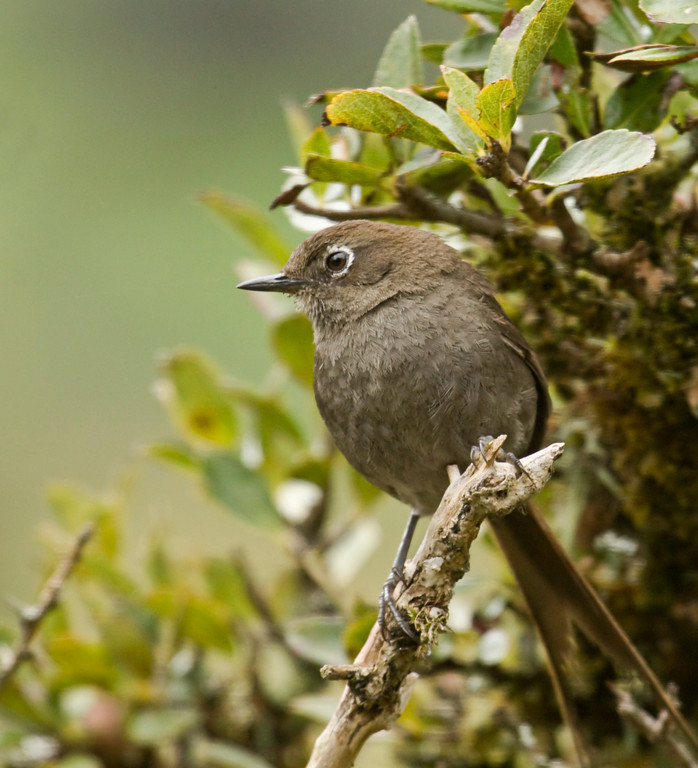
Schizoeaca griseomurina
SUBFAMILY
Synallaxeinae
TAXONOMY
Schizoeaca griseomurina P.L. Sclater, 1882.
OTHER COMMON NAMES
French: Synallaxe souris; German: Grau-Distelschwanzschlьpfer;
Spanish: Piscuiz Gris.
PHYSICAL CHARACTERISTICS
Body length is about 7.5 in (18.5–19 cm). Bill is short, straight,
and pointed. The body is slender, and the tail is very long,
tipped with spines, and has a frayed appearance. The sexes are
similar. The back, tail, and wings are colored dull olive-brown,
the belly and throat are light grayish, there is a white eye-ring,
and there is a whitish stripe over the eye.
DISTRIBUTION
An endemic species that only occurs in a small area in the Andes
of southern Ecuador and extreme northern Peru.
HABITAT
Inhabits slopes with humid montane forest and woodland and
their edges, just below or near the altitudinal tree-line and in
woody clumps above it. Occurs at elevations of 9,200–10,800 ft
(2,800–3,300 m).
BEHAVIOR
Occurs singly or as pairs. The song is a high-pitched trill.
FEEDING ECOLOGY AND DIET
Forages in the dense forest canopy, often quite acrobatically, for
insects and other small invertebrates among leaves and twigs.
REPRODUCTIVE BIOLOGY
Constructs a large, bulky, roughly spherical nest, with a side
entrance, and attached to a limb of a tree. Both the male and
female incubate the eggs and rear the nestlings.
CONSERVATION STATUS
Not threatened. A very local species, but abundant within its
highly restricted range.
SIGNIFICANCE TO HUMANS
None known.
Other popular Animals
Photo Gallery of - Mouse-colored thistletail
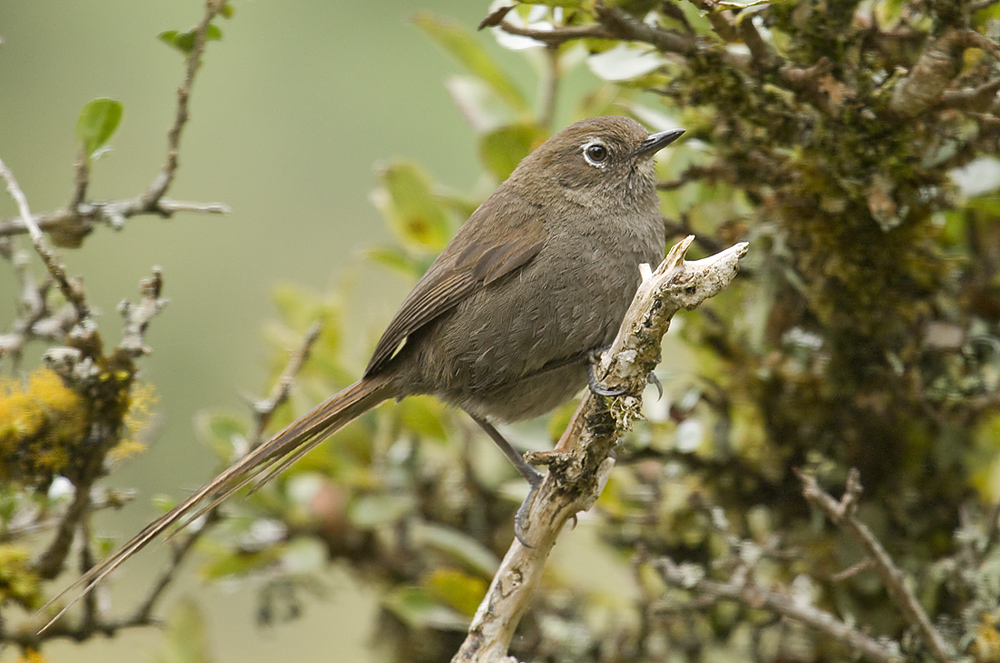
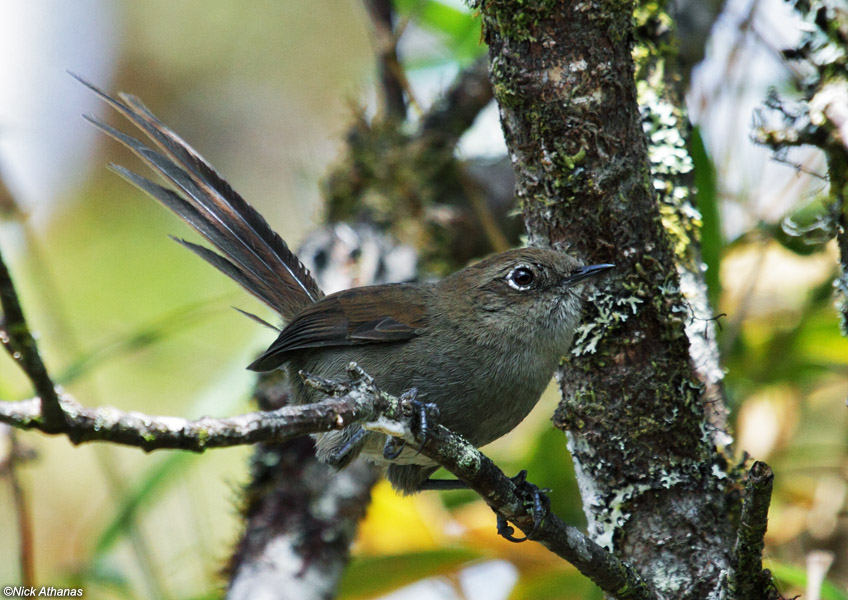
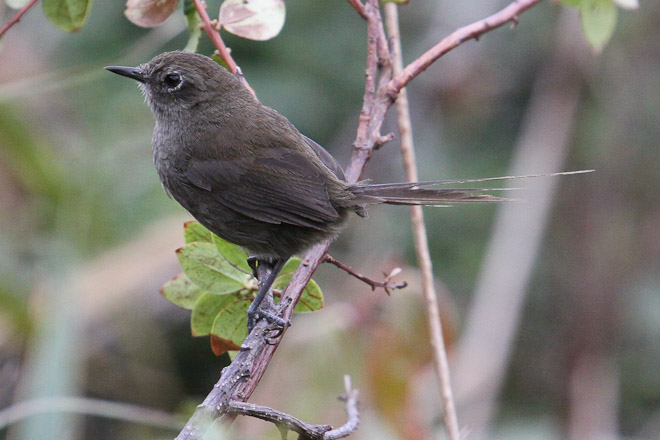
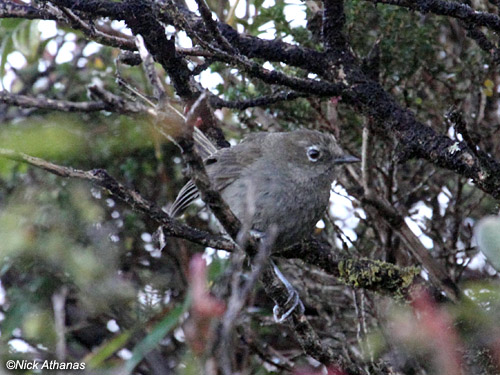
 Animalia Life
Animalia Life